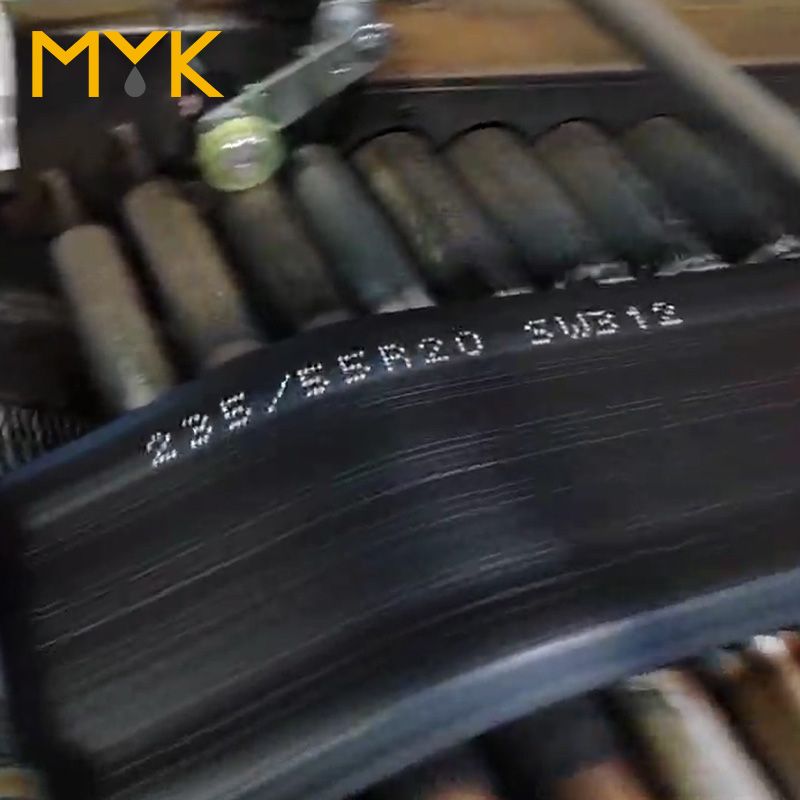White Ink
White Ink
1. Enhanced Environmental and Safety Profile
Reduced Toxicity in Disposal & Recycling: Prevents the formation of highly toxic and corrosive compounds (e.g., dioxins, furans, halogenated acids) if printed materials are incinerated at end-of-life. This enables safer recycling streams and aligns with circular economy principles.
Safer Working Environment: Minimizes potential exposure to hazardous halogenated compounds for operators during ink handling and printing processes, contributing to better workplace safety.
Eco-Friendly Composition: Supports broader corporate sustainability (CSR) and green manufacturing initiatives by utilizing a more environmentally preferable chemistry.
2. Critical for Electronics and High-Reliability Applications
Prevents Corrosive Damage: Halogens, particularly chlorine, can form corrosive acids in the presence of moisture. This is a significant risk for delicate electronic components, circuits, and PCBs, as it can lead to current leakage, short circuits, and long-term failure. Halogen-free inks eliminate this risk, ensuring product reliability and longevity.
Meets Strict Industry Standards: Essential for compliance with key electronics industry regulations and customer-specific material specifications that restrict halogenated compounds, such as:
IEC 61249-2-21: The definitive international standard defining "halogen-free" for printed circuit board materials.
Major OEM Requirements: A mandatory requirement for supplying components to global electronics manufacturers (e.g., Apple, Dell, HP) who have strict halogen-free material policies.
3. Improved Operational Performance
Compatibility with Sensitive Components: The absence of aggressive halogens makes these inks safer for use on a wider range of materials and sensitive components without risking chemical damage or degradation.
Maintains Print Head Health: While DOD systems are generally less prone to clogging, using high-purity, halogen-free inks can further contribute to reduced print head maintenance and longer operational life by minimizing the risk of corrosive deposits or chemical interactions within the ink system.
4. Market Access and Brand Reputation
Global Market Requirement: Facilitates access to global markets, especially those with stringent environmental regulations (e.g., EU WEEE/RoHS directives often linked to halogen control).
Strong Brand Image: Demonstrates a commitment to product safety, environmental responsibility, and sustainability. This is a powerful marketing tool and is increasingly important to consumers and B2B partners.









